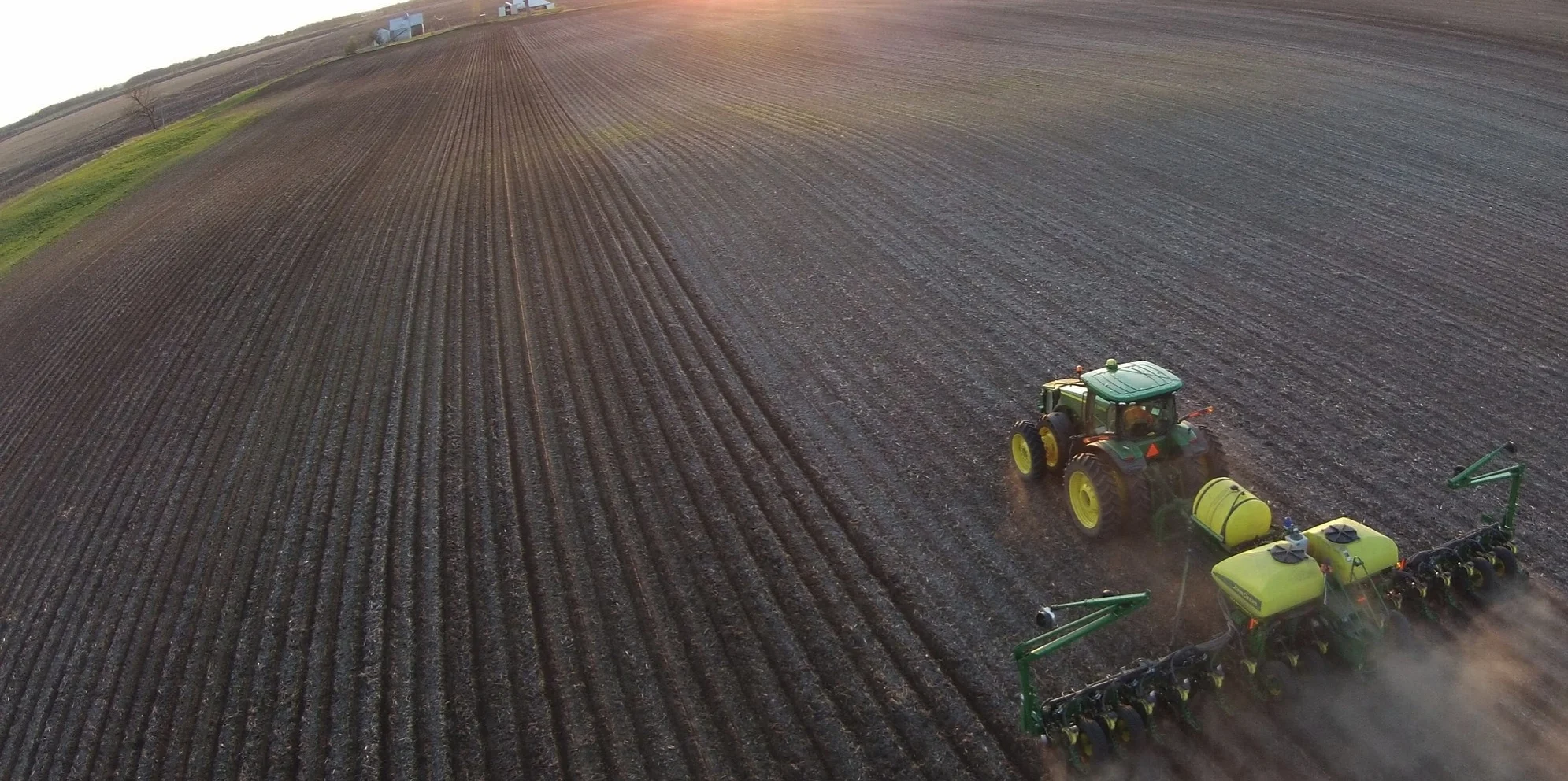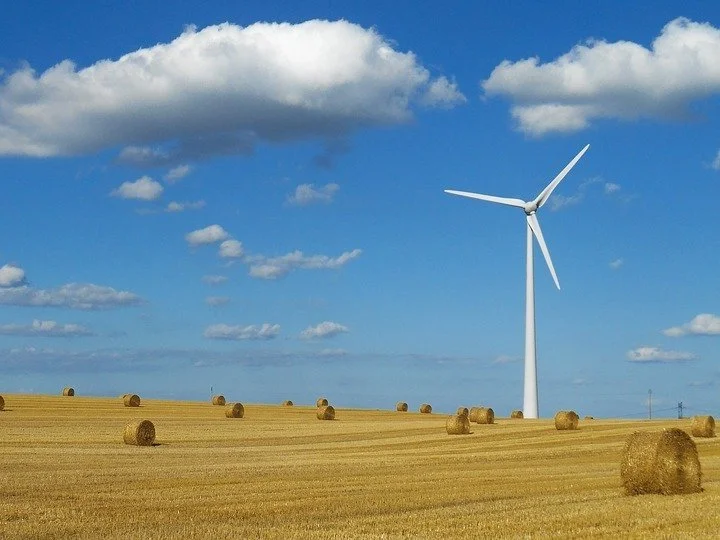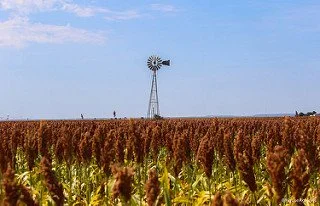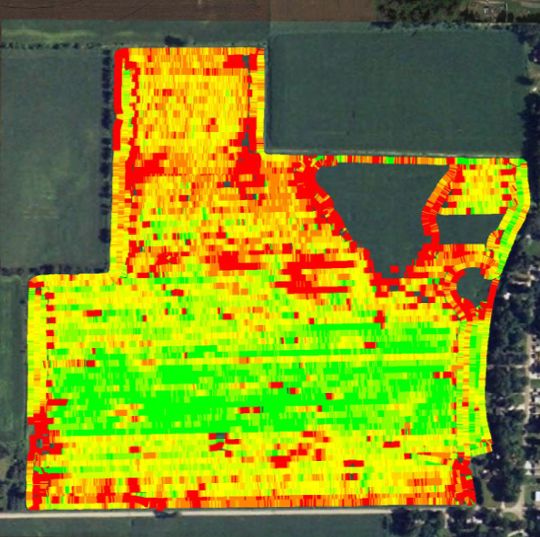Using Midwestern Dairy Cows to Power California Trucks
/In the past two years, I have reviewed more contracts related to construction of anaerobic digesters than in the prior two decades of my career. For years, the financial case for building these mini power plants did not exist. The upfront costs outweighed the long-term financial benefit for all but the largest livestock farms. But about two years ago, the cost/benefit analysis tipped the other way. As a result, today there is coming wave of new anaerobic digesters on midwestern dairy farms.
More remarkable, these new digesters are generating biogas that, rather than being used locally to generate electricity, is instead pumped into existing natural gas pipelines that crisscross the United States, ending in terminals on the western seaboard. Trucks in California will literally be fueled by cow manure from Indiana dairy farms.
What happened that pushed this technology over the hump? In past few years, California adopted a low carbon fuel standard (LCFS) that creates incentive credits for biogas that is converted into renewable natural gas (RNG). Oil giants like BP and Shell are working to find ways to reduce their climate change impact, and buying RNG is one way to meet the LCFS. Biogas from anaerobic digesters has a two-fold benefit—harvesting methane from dairy manure reduces a atmospheric methane, a greenhouse gas that otherwise would have been released to the atmosphere, and by powering vehicles that otherwise would have been burned fossil fuel.
Why is dairy farm manure so valuable? Dairy farms are uniquely situated to meet this demand because lactating dairy cows produce a lot of manure and many live in large barns that are regularly cleaned of manure anyway. Lots of fresh manure in one place can be a good thing when the byproduct is harvested methane.
Skeptics will see this wave of digester construction as a fad, driven by current interest in addressing climate change. But as someone who has followed the dairy industry for years, I see it as part of a much larger trend. California dairies were largely the first to incorporate biogas technology on a widespread basis due to their large size and close proximity to the demand. But they have not filled that demand, and so the digester wave moved to neighboring states. Now it has reached the Midwest. And all of this is happening to satisfy the California LCFS. If other states adopt their own LCFS, it will accelerate the trend and increase demand even more.
Raise a glass of milk and toast to dairy’s green future.













